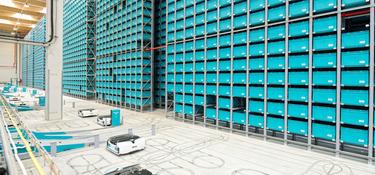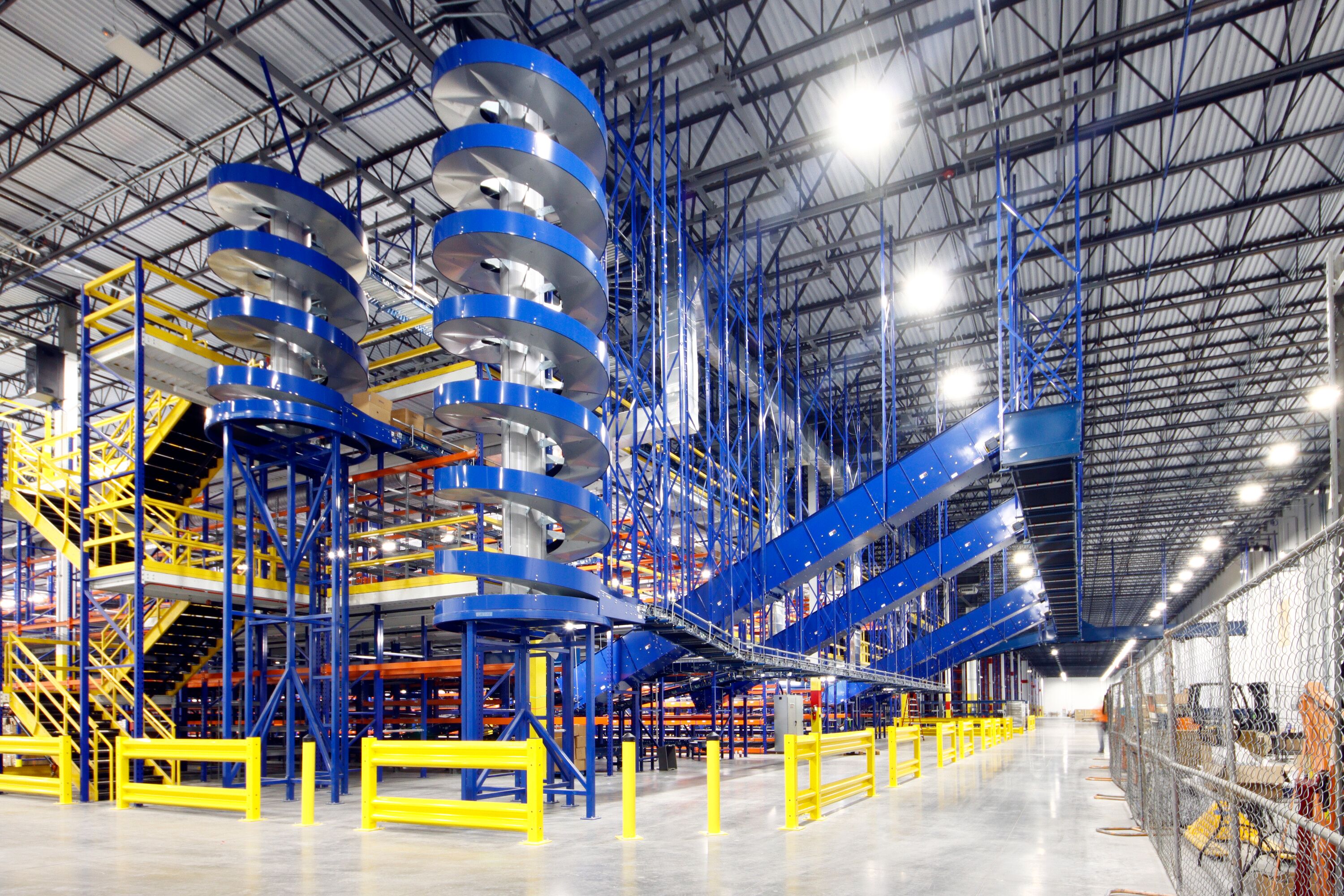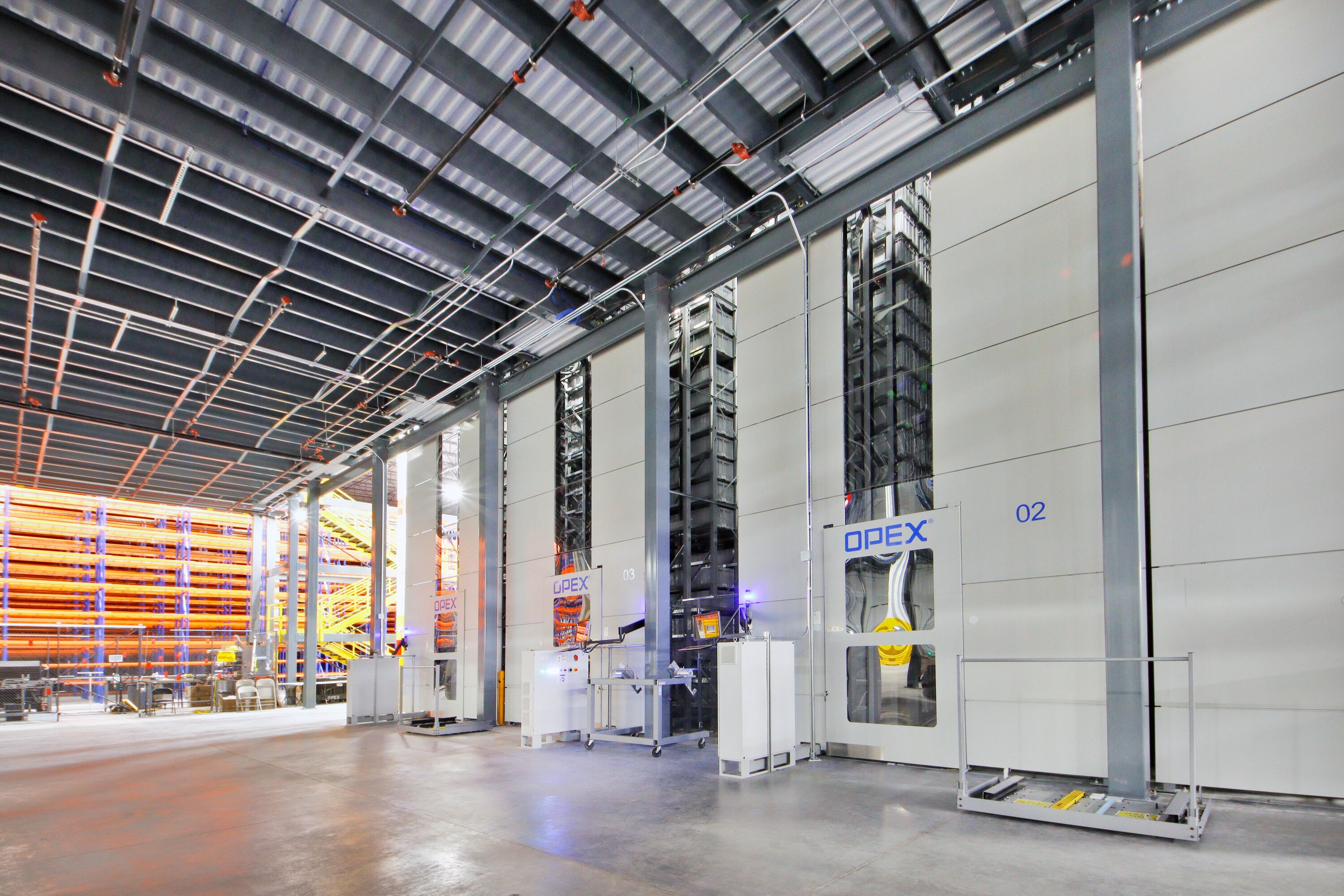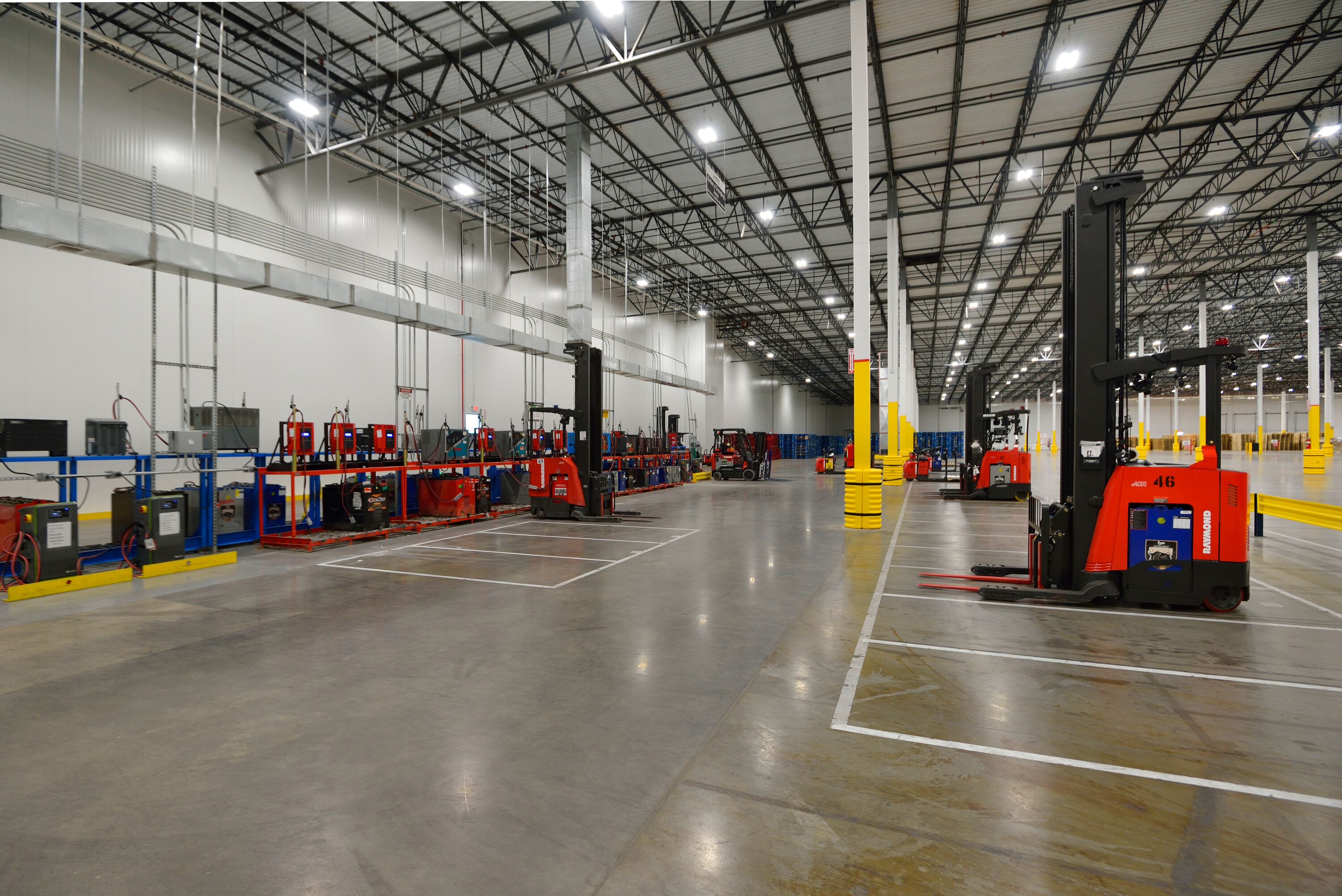2. Streamline order picking
Efficient order picking is crucial for any warehouse operation, and optimizing the process can make a significant difference in overall efficiency. It's important to understand the different types of order picking methods available, as well as their benefits and drawbacks, to choose the most suitable approach for your needs.
Recent industry data shows that order picking can account for up to 55% of total warehouse operating costs.3 Streamlining the process can result in substantial cost savings and increased productivity. With batch picking or zone picking, where workers are designated specific areas from which to pick, you can minimize travel time and boost efficiency. Forklift type is crucial to streamline the order picking process for fast and accurate picking.






